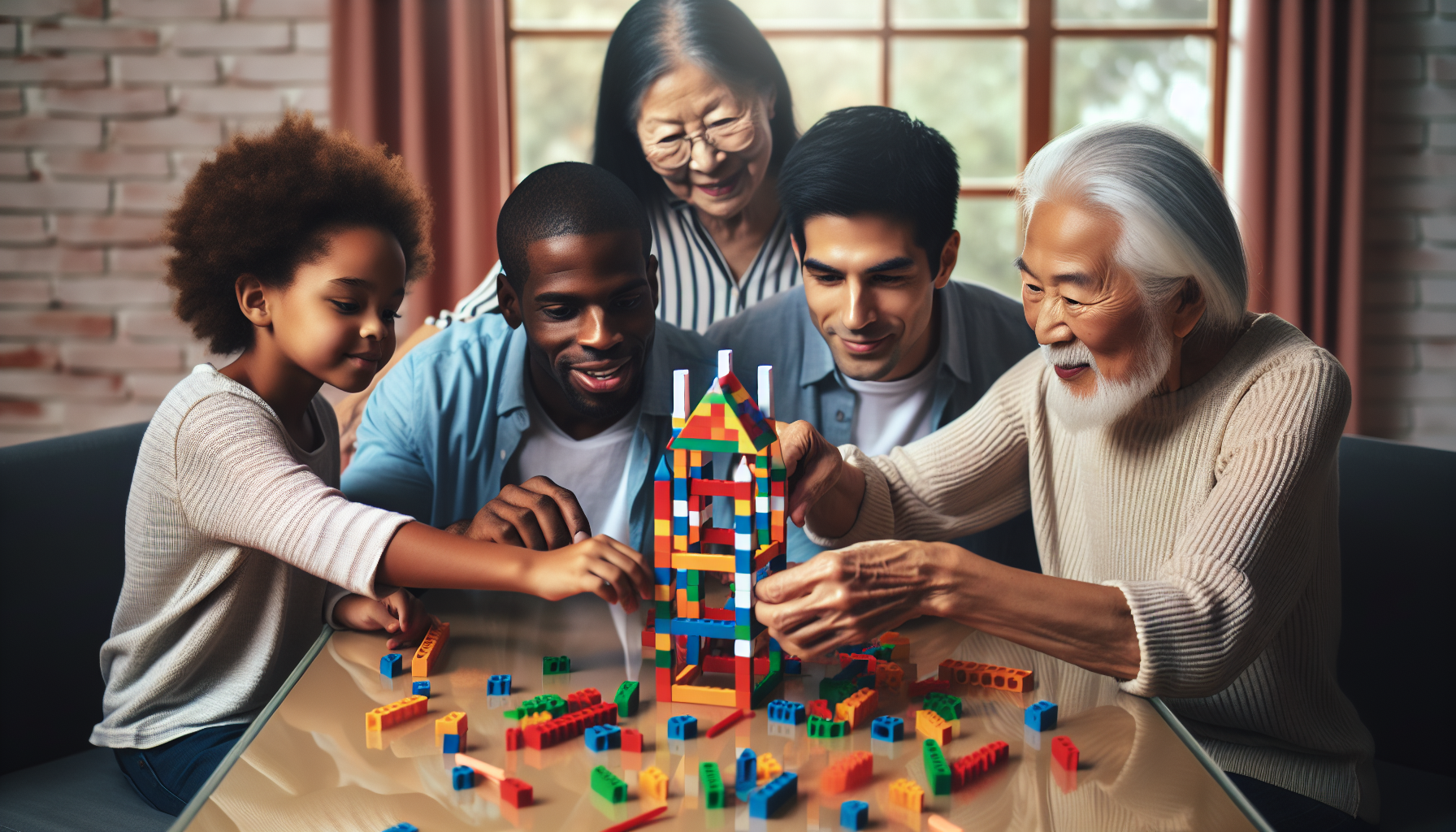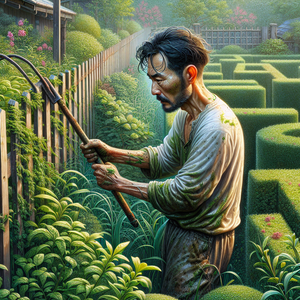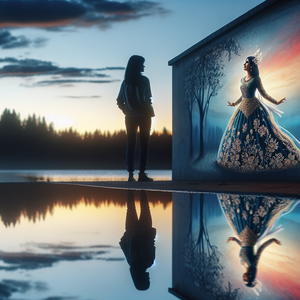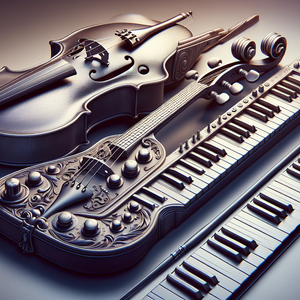Copilot Careers for Creatives: Redefining Roles in Art and Design

Copilot tools are designed to assist artists in various ways, ranging from automating repetitive tasks to providing insightful recommendations. These technologies have found applications across a spectrum of creative endeavors. For instance, graphic designers now have access to tools like Adobe Sensei, which utilizes machine learning to suggest design elements, automate mundane tasks, and streamline workflows. This allows designers to focus more on their creative vision rather than getting bogged down by technical details. In the realm of music production, platforms like AIVA (Artificial Intelligence Virtual Artist) enable musicians to generate melodies and harmonies, serving as a collaborative partner in composition. By automating aspects of the creative process, copilot tools free artists to experiment with new styles and ideas, ultimately leading to higher-quality work produced in less time. This shift not only enhances productivity but also encourages a more explorative approach to creativity.
Enhancing Collaboration and Inspiration
One of the most significant benefits of copilot tools is their ability to facilitate collaboration among creatives. With the advent of cloud-based platforms, teams can work on projects simultaneously, sharing insights, feedback, and creative assets in real-time. Tools like Figma and Adobe Creative Cloud exemplify this trend, providing a collaborative environment that fosters creativity and innovation. Such platforms allow designers and artists to draw on each other’s strengths and ideas, resulting in richer, more diverse creative outcomes. Additionally, copilot tools can be invaluable sources of inspiration. By harnessing vast datasets, these technologies can suggest trends, styles, and concepts that artists may not have initially considered. For example, writers using AI-driven brainstorming tools can generate prompts and story ideas based on current market trends, enabling them to engage a wider audience with relevant themes. This aspect of copilot tools not only enhances individual creativity but also enriches the collaborative process.
Expanding Creative Possibilities
The integration of copilot tools opens up a world of new possibilities for creative professionals. Artists are now able to experiment fearlessly, trying out new techniques, styles, and mediums without the anxiety of failure that often accompanies artistic exploration. Instant feedback and intelligent suggestions empower creatives to take risks and delve into uncharted territories. In the realm of digital art, tools like DeepArt and RunwayML allow artists to apply machine learning algorithms to their images, creating unique pieces that merge traditional artistry with cutting-edge technology. Musicians, on the other hand, can collaborate with AI to generate entirely new genres or remix existing tracks in innovative ways, broadening the scope of musical expression. This ability to innovate and experiment is crucial in a rapidly evolving creative landscape.
The Future of Creativity in the Age of AI
As copilot tools continue to evolve, the future of creative professions is set to undergo significant transformation. Rather than replacing artists, these technologies have the potential to augment their capabilities, leading to work that is both innovative and authentic. For creatives, the challenge lies in embracing these tools as partners in their artistic journeys. To thrive in this new landscape, artists must adopt a mindset of continuous learning. Staying informed about emerging tools and technologies, understanding how to integrate them into their workflows, and being open to experimentation will be essential for success. Creative professionals who can effectively navigate this evolving landscape will not only enhance their own work but also contribute to the ongoing evolution of their fields.
The emergence of copilot tools is redefining the roles of creatives in art and design. By enhancing workflows, facilitating collaboration, and expanding creative possibilities, these technologies empower artists to push their boundaries and explore new dimensions of their work. As we move forward, embracing copilot tools will be crucial for creative professionals looking to thrive in an increasingly tech-driven world. By harnessing these innovations, artists can not only elevate their craft but also inspire future generations to reimagine the possibilities of creativity. The fusion of technology and artistry heralds a new era of creative expression, paving the way for an exciting future in the arts.
AI-Driven Graphic Designer
Advertising agencies, tech startups, and marketing firms
Core Responsibilities
Utilize AI tools like Adobe Sensei to automate design tasks and generate creative suggestions.
Collaborate with marketing teams to create visually compelling graphics that align with brand strategy.
Stay updated on design trends and incorporate them into projects using data-driven insights.
Required Skills
Proficiency in graphic design software (e.g., Adobe Creative Suite) and familiarity with AI design tools.
Strong understanding of user experience (UX) principles and digital marketing strategies.
Ability to work collaboratively in teams, often using cloud-based platforms like Figma.
Music Producer with AI Integration
Music production companies, recording studios, and independent artist collectives
Core Responsibilities
Leverage AI platforms like AIVA for music composition and arrangement, enhancing original tracks.
Collaborate with artists to develop new sounds and remixes, integrating technology into the creative process.
Analyze music trends through data analytics to inform production decisions and reach target audiences.
Required Skills
Expertise in music production software (e.g., Ableton Live, Pro Tools) and experience with AI tools.
Strong musical background, including knowledge of composition, mixing, and mastering techniques.
Creativity and adaptability in experimenting with new genres and styles.
Digital Content Creator with a Focus on AI Tools
Media companies, digital marketing agencies, and corporate communications teams
Core Responsibilities
Produce engaging multimedia content (videos, blog posts, social media graphics) using AI-driven tools for efficiency.
Collaborate with cross-functional teams to ensure content aligns with branding and marketing goals.
Analyze audience engagement metrics to refine content strategies and improve reach.
Required Skills
Proficiency in content creation tools (e.g., Canva, Final Cut Pro) and understanding of AI content generation tools.
Strong writing, editing, and storytelling skills to create compelling narratives.
Familiarity with SEO practices and digital marketing strategies.
UX Researcher with a Focus on AI-Enhanced User Experience
Technology companies, UX consulting firms, and e-commerce platforms
Core Responsibilities
Conduct user research and usability testing to inform product design, leveraging AI tools for data analysis.
Collaborate with designers and developers to create user-centric solutions that integrate AI features.
Present findings and insights to stakeholders to drive product improvements and innovation.
Required Skills
Strong analytical skills with experience in user research methodologies and AI data analytics.
Proficiency in UX design software (e.g., Sketch, InVision) and familiarity with AI-driven user experience tools.
Excellent communication skills for presenting research findings effectively.
Creative Technologist
Art galleries, interactive design firms, and tech companies focused on creative solutions
Core Responsibilities
Develop and implement innovative projects that merge art and technology, utilizing AI and other digital tools.
Collaborate with artists and designers to create interactive installations, digital art, and multimedia experiences.
Experiment with emerging technologies to push the boundaries of traditional art forms.
Required Skills
Strong background in both creative arts and technology, with proficiency in programming languages (e.g., JavaScript, Python).
Experience with digital fabrication tools and software (e.g., Arduino, Processing).
A portfolio showcasing successful interdisciplinary projects that combine art and technology.


